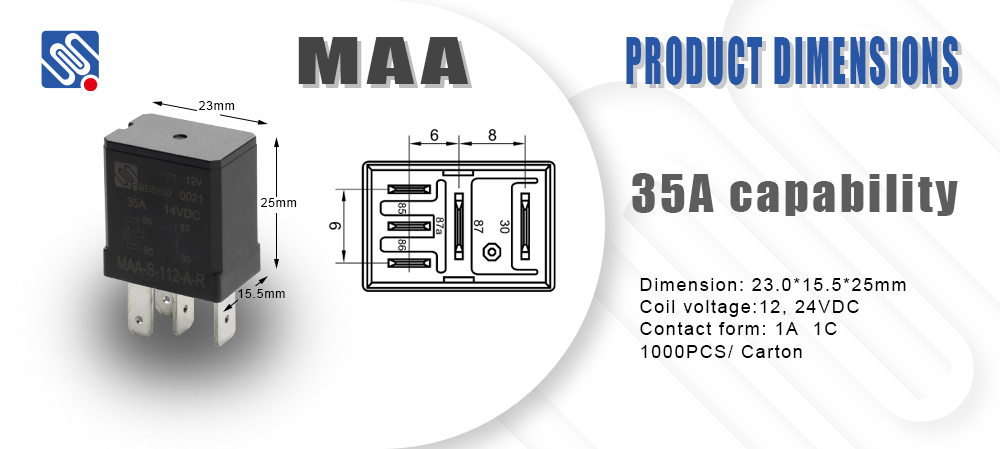relay electrical diagram: understanding its importance and functionality
Release time:2025-07-17 23:46:33
A relay electrical diagram is a critical component in understanding how electrical relays work in various circuits. A relay is an electrically operated switch used in a variety of applications, from industrial machines to household appliances. It serves as a bridge between a low-voltage control circuit and a high-voltage load, enabling the safe operation of complex electrical systems. In this article, we will explore the importance of relay electrical diagrams, how they work, and the role they play in circuit design.

What is a Relay?
A relay is a device that uses an electromagnet to control the opening and closing of electrical contacts in a circuit. These contacts allow the relay to either break or complete a circuit, depending on whether it is energized. The basic function of a relay is to enable a small current in one circuit to control a much larger current in another. This makes relays particularly useful for controlling heavy machinery, motors, and other high-power devices from low-power control systems.
Components of a Relay Electrical Diagram
A relay electrical diagram is a simplified schematic representation of how a relay is integrated into an electrical circuit. It helps in visualizing the components and their interconnections, ensuring that a system operates efficiently and safely. Some of the key components featured in a relay electrical diagram include:

